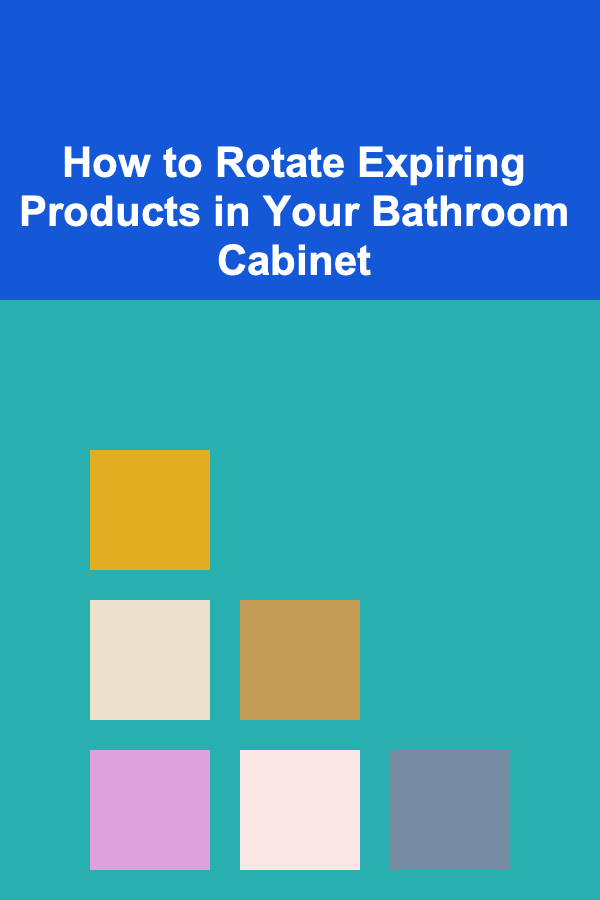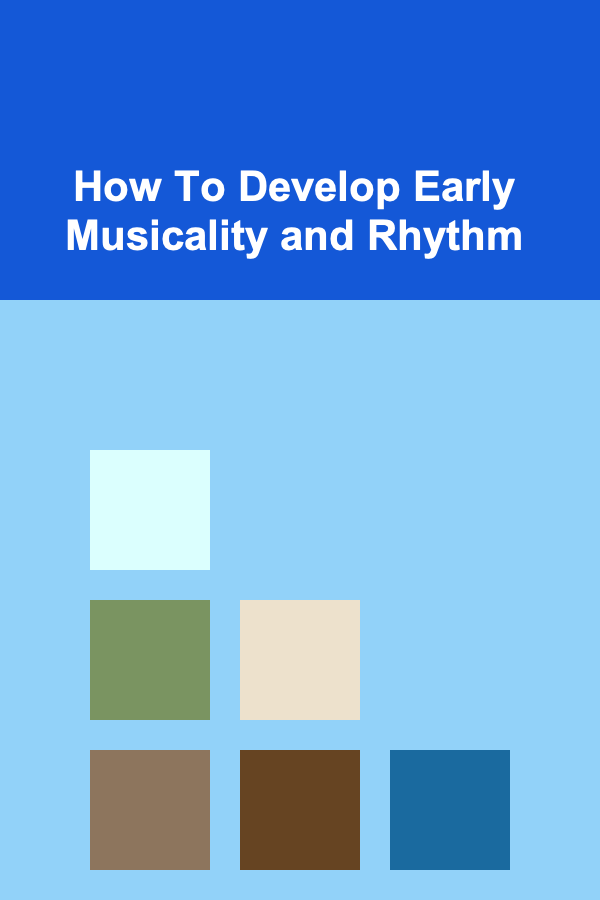
Overcoming Long Gaps in Your Resume: A Comprehensive Guide
ebook include PDF & Audio bundle (Micro Guide)
$12.99$8.99
Limited Time Offer! Order within the next:

A significant gap in your employment history can be a source of anxiety when you're applying for jobs. Recruiters and hiring managers often scrutinize resumes for inconsistencies and unexplained periods of unemployment. While it's natural to feel concerned, it's crucial to understand that gaps are common and often unavoidable. The key lies in how you address them. This guide provides a deep dive into strategies for minimizing the negative impact of resume gaps, framing them positively, and ultimately landing the job you desire.
Understanding the Stigma and Addressing the Concerns
Before diving into specific strategies, it's important to acknowledge the biases that can exist regarding employment gaps. Some employers might worry that a gap indicates a lack of motivation, outdated skills, or performance issues in previous roles. They might also assume that a long period of inactivity has diminished your professional network and overall marketability. However, it's crucial to remember that these are just assumptions, and you have the power to dispel them.
Here are some common employer concerns associated with resume gaps:
- Skill Decay: Employers might fear that your skills have become outdated during your time away from the workforce, especially in rapidly evolving industries like technology and finance.
- Loss of Productivity: A prolonged period of unemployment can raise concerns about your ability to quickly adapt back to a structured work environment and maintain a consistent level of productivity.
- Lack of Motivation: Recruiters might interpret a gap as a sign of disinterest in work or a lack of ambition, even if the gap was due to circumstances beyond your control.
- Performance Issues: In some cases, employers might assume that you were terminated from a previous role, leading to the gap. While this might not be the truth, it's a potential underlying concern.
- Unexplained Absence: Simply leaving a gap unexplained creates ambiguity and allows recruiters to fill in the blanks with their own (often negative) assumptions.
To effectively address these concerns, you need to proactively manage the narrative around your gap. This involves being honest and transparent while also highlighting the positive aspects of your experience during that time. You want to reassure potential employers that your skills are still relevant, your motivation is strong, and you are ready to contribute meaningfully to their organization.
Identifying the Reason for Your Gap
The first step in addressing your resume gap is to clearly identify the reason for it. The reason will significantly influence how you frame it in your resume and during interviews. Common reasons for employment gaps include:
- Family Care: Caring for children, elderly parents, or other family members is a very common reason for taking time off work.
- Health Issues: Dealing with personal or family health concerns can necessitate a leave of absence from employment.
- Travel and Exploration: Taking a sabbatical to travel, explore different cultures, or pursue personal interests is becoming increasingly acceptable.
- Further Education: Returning to school to earn a degree, certification, or attend specialized training programs can lead to an employment gap.
- Job Search: The process of finding a new job can sometimes take longer than expected, resulting in a period of unemployment.
- Layoff or Restructuring: Being laid off due to company downsizing or restructuring is a common and often unavoidable reason for unemployment.
- Starting a Business (Failed or Successful): Attempting to launch a startup or small business, even if it wasn't ultimately successful, can explain a gap.
- Relocation: Moving to a new city or country can create a period of unemployment while you search for new opportunities.
Once you've identified the reason for your gap, you can begin to craft a compelling explanation that addresses potential employer concerns and showcases your strengths.
Strategies for Minimizing the Impact of Resume Gaps
Here are several strategies for minimizing the negative impact of employment gaps on your resume and during the job search process:
1. Honesty and Transparency: The Foundation of Trust
While it might be tempting to try and hide or downplay a gap, honesty is generally the best policy. Recruiters are skilled at detecting inconsistencies, and being caught in a lie can severely damage your credibility. Instead, be upfront about the gap and provide a brief, clear explanation. For example:
"Took a sabbatical from 2021-2022 to care for my aging parents."
"Experienced a layoff in early 2020 due to company restructuring and focused on upskilling during the job search."
The key is to be concise and avoid oversharing unnecessary details. Focus on the facts and avoid making excuses or sounding defensive.
2. Reframe the Gap: Focus on What You Gained
Instead of dwelling on the fact that you weren't employed, focus on what you accomplished or learned during your time off. Reframe the gap as an opportunity for personal or professional growth. For example:
- Family Care: "Managed household finances and coordinated care for family members, demonstrating strong organizational and problem-solving skills."
- Health Issues: "Focused on recovery and rehabilitation, developing resilience and a renewed commitment to my career."
- Travel and Exploration: "Gained valuable cross-cultural communication skills and adaptability through extensive travel experiences."
- Further Education: "Enhanced my skills and knowledge by completing [Degree/Certification], positioning myself for greater contributions in the field."
- Job Search: "Actively networked with industry professionals, attended workshops and conferences, and honed my job search skills."
- Starting a Business: "Developed entrepreneurial skills in business planning, marketing, and customer service while launching a startup."
- Relocation: "Successfully navigated a complex relocation process and researched the local job market, demonstrating initiative and adaptability."
By highlighting the skills and experiences you gained during the gap, you can demonstrate that you remained productive and engaged, even while unemployed.
3. Highlight Relevant Skills and Accomplishments
When crafting your resume, focus on highlighting your most relevant skills and accomplishments from previous roles. Use action verbs and quantifiable results to showcase your abilities and demonstrate the value you can bring to the organization. The more impressive your past performance, the less attention recruiters will pay to the gap.
Consider using a skills-based resume format, which emphasizes your skills and abilities rather than your work history. This can be particularly effective if your skills are highly sought after and align with the requirements of the job you're applying for.
4. Utilize a Functional or Combination Resume Format
Traditional chronological resumes emphasize work history and dates, which can inadvertently draw attention to gaps. A functional resume, on the other hand, focuses on your skills and abilities, grouping them into relevant categories. This allows you to showcase your expertise without explicitly highlighting the chronological order of your employment. A combination resume blends elements of both chronological and functional formats, allowing you to emphasize both your skills and your work experience.
When using a functional or combination resume, be sure to include a brief summary of your work history at the end, listing the companies you've worked for and your job titles. This provides context for your skills and demonstrates your overall experience.
5. Fill the Gap with Relevant Activities
Even if you weren't employed full-time during the gap, you can still fill it with relevant activities that demonstrate your skills and engagement. Consider including the following on your resume:
- Volunteer Work: Volunteering can showcase your commitment to a cause, your teamwork skills, and your ability to contribute to a community.
- Freelance Projects: Freelance work demonstrates your skills and initiative, and can provide valuable experience in your field.
- Online Courses and Certifications: Completing online courses or earning certifications demonstrates your commitment to continuous learning and your desire to stay up-to-date with industry trends.
- Personal Projects: Working on personal projects, such as building a website, developing an app, or writing a blog, can showcase your creativity and technical skills.
- Networking Events and Conferences: Attending industry events and conferences demonstrates your engagement with your professional community and your desire to learn and connect with others.
When listing these activities on your resume, treat them like any other job, providing a brief description of your responsibilities and accomplishments. Focus on the skills you developed and the results you achieved.
6. Address the Gap Directly in Your Cover Letter
Your cover letter provides an opportunity to address the gap directly and proactively. Explain the reason for the gap in a concise and positive manner, and then focus on highlighting your skills and experience that are relevant to the job. For example:
"As you can see from my resume, I took a year off in 2022 to travel and broaden my perspectives. During this time, I developed strong problem-solving and communication skills through navigating unfamiliar situations and interacting with diverse cultures. I am now eager to apply these skills, along with my [relevant skills from previous roles], to contribute to [Company Name]'s success."
By addressing the gap head-on in your cover letter, you can demonstrate your honesty and transparency while also controlling the narrative and highlighting your strengths.
7. Prepare for Interview Questions About the Gap
You should anticipate being asked about the gap during the interview process. Prepare a concise and honest explanation, and focus on highlighting the positive aspects of your experience during that time. Practice your answer so that you can deliver it confidently and convincingly.
Here are some examples of how to answer common interview questions about resume gaps:
- "Why did you leave your last job?" Be honest and avoid badmouthing your previous employer. Focus on the facts and explain the circumstances that led to your departure. If you were laid off, explain the reasons for the company's downsizing. If you left for personal reasons, provide a brief explanation and emphasize your commitment to your career.
- "What did you do during your time off?" This is your opportunity to showcase the positive aspects of your experience during the gap. Highlight any skills you developed, projects you worked on, or activities you participated in that are relevant to the job.
- "What are your salary expectations?" Research industry standards and be prepared to discuss your salary expectations. Be realistic and consider your skills, experience, and the cost of living in your area.
- "Why should we hire you despite the gap in your resume?" This is your chance to sell yourself and convince the interviewer that you are the best candidate for the job. Emphasize your skills, experience, and enthusiasm for the role. Reiterate your commitment to learning and growing within the company.
8. Focus on Networking and Building Connections
Networking is crucial for overcoming resume gaps. Connect with people in your field, attend industry events, and let your network know that you're looking for a job. Networking can help you learn about new opportunities, gain valuable insights, and get your foot in the door.
Informational interviews are a particularly effective way to network. Reach out to people who work in roles or companies that interest you and ask them for a brief informational interview. This is a great opportunity to learn about their experiences, ask for advice, and build connections.
9. Consider Temporary or Contract Work
Taking on temporary or contract work can be a great way to fill the gap in your resume and gain valuable experience. Temporary or contract positions can provide you with an opportunity to showcase your skills, learn new technologies, and network with potential employers. Even if the position is not directly related to your desired career path, it can demonstrate your willingness to work and your commitment to staying active in the workforce.
10. Leverage Your References
Strong references can be a powerful asset in overcoming resume gaps. Choose references who can speak to your skills, work ethic, and character. Provide your references with a copy of your resume and a brief explanation of the gap, so they can be prepared to address it if contacted by a potential employer.
Addressing Specific Gap Scenarios
The best way to address a resume gap depends on the specific reason for the gap. Here are some tips for addressing common scenarios:
Family Care
Frame your experience as demonstrating strong organizational, communication, and problem-solving skills. Highlight the responsibilities you managed, such as coordinating schedules, managing finances, and providing emotional support. Avoid apologizing for prioritizing family responsibilities; instead, present it as a valuable and enriching experience.
Example: "Dedicated caregiver for aging parents, responsible for managing medical appointments, administering medications, and ensuring their overall well-being. Developed strong organizational and time-management skills while navigating complex healthcare systems."
Health Issues
Be honest about your health challenges, but focus on your recovery and your renewed commitment to your career. Avoid providing overly personal or graphic details. Emphasize the resilience and determination you demonstrated during your recovery process.
Example: "Took a leave of absence to address a health concern and focused on recovery and rehabilitation. During this time, I developed a strong sense of resilience and a renewed commitment to my career. I am now fully recovered and eager to contribute my skills and experience to a dynamic organization."
Travel and Exploration
Highlight the skills you developed through your travel experiences, such as cross-cultural communication, adaptability, and problem-solving. Focus on the personal growth and broadened perspectives you gained. Connect your travel experiences to the requirements of the job you're applying for.
Example: "Embarked on a year-long backpacking trip across Southeast Asia, immersing myself in different cultures and developing strong cross-cultural communication skills. Successfully navigated unfamiliar environments, managed budgets effectively, and adapted to unexpected challenges. These experiences have instilled in me a strong sense of resourcefulness and adaptability, which I believe would be valuable assets in this role."
Further Education
Emphasize the new skills and knowledge you acquired during your studies. Highlight any relevant projects, research, or internships you completed. Connect your education to the requirements of the job you're applying for.
Example: "Returned to school to earn a Master's degree in [Field of Study], specializing in [Specific Area]. Completed a capstone project on [Project Topic], demonstrating my ability to apply theoretical knowledge to real-world problems. The skills and knowledge I gained during my studies have prepared me to excel in this role."
Layoff or Restructuring
Be honest about the layoff, but avoid dwelling on the negative aspects of the experience. Focus on the steps you took to move forward, such as networking, upskilling, and job searching. Highlight any achievements you made in your previous role.
Example: "Experienced a layoff due to company restructuring in early 2023. During the subsequent job search, I actively networked with industry professionals, attended workshops on [Relevant Skills], and honed my resume and interview skills. I am now eager to leverage my experience and skills to contribute to a new organization."
Starting a Business (Failed or Successful)
Highlight the entrepreneurial skills you developed, such as business planning, marketing, sales, and customer service. Focus on the lessons you learned, even if the business was not ultimately successful. Demonstrate your ability to learn from your mistakes and apply those lessons to future endeavors.
Example: "Launched a startup in the [Industry] space, responsible for all aspects of the business, including business planning, marketing, sales, and customer service. While the business was not ultimately successful, I gained invaluable experience in entrepreneurship and learned valuable lessons about [Specific Lessons Learned]. I am now eager to apply these skills and experiences to contribute to a growing organization."
Conclusion
A resume gap doesn't have to be a career killer. By being honest, proactive, and strategic, you can minimize its negative impact and showcase your strengths to potential employers. Remember to focus on the positive aspects of your experience during the gap, highlight your relevant skills and accomplishments, and tailor your resume and cover letter to the specific requirements of the job. With careful planning and effective communication, you can successfully overcome resume gaps and land the job you deserve.

How to Create a Weekly Meal Plan to Save Money on Food
Read More
How to Create and Sell Digital Products
Read More
How to Keep Track of Expiration Dates in Your Emergency Kit
Read More
How to Keep Track of Laundry Cycles with a Chart
Read More
How to Rotate Expiring Products in Your Bathroom Cabinet
Read More
How To Develop Early Musicality and Rhythm
Read MoreOther Products

How to Create a Weekly Meal Plan to Save Money on Food
Read More
How to Create and Sell Digital Products
Read More
How to Keep Track of Expiration Dates in Your Emergency Kit
Read More
How to Keep Track of Laundry Cycles with a Chart
Read More
How to Rotate Expiring Products in Your Bathroom Cabinet
Read More